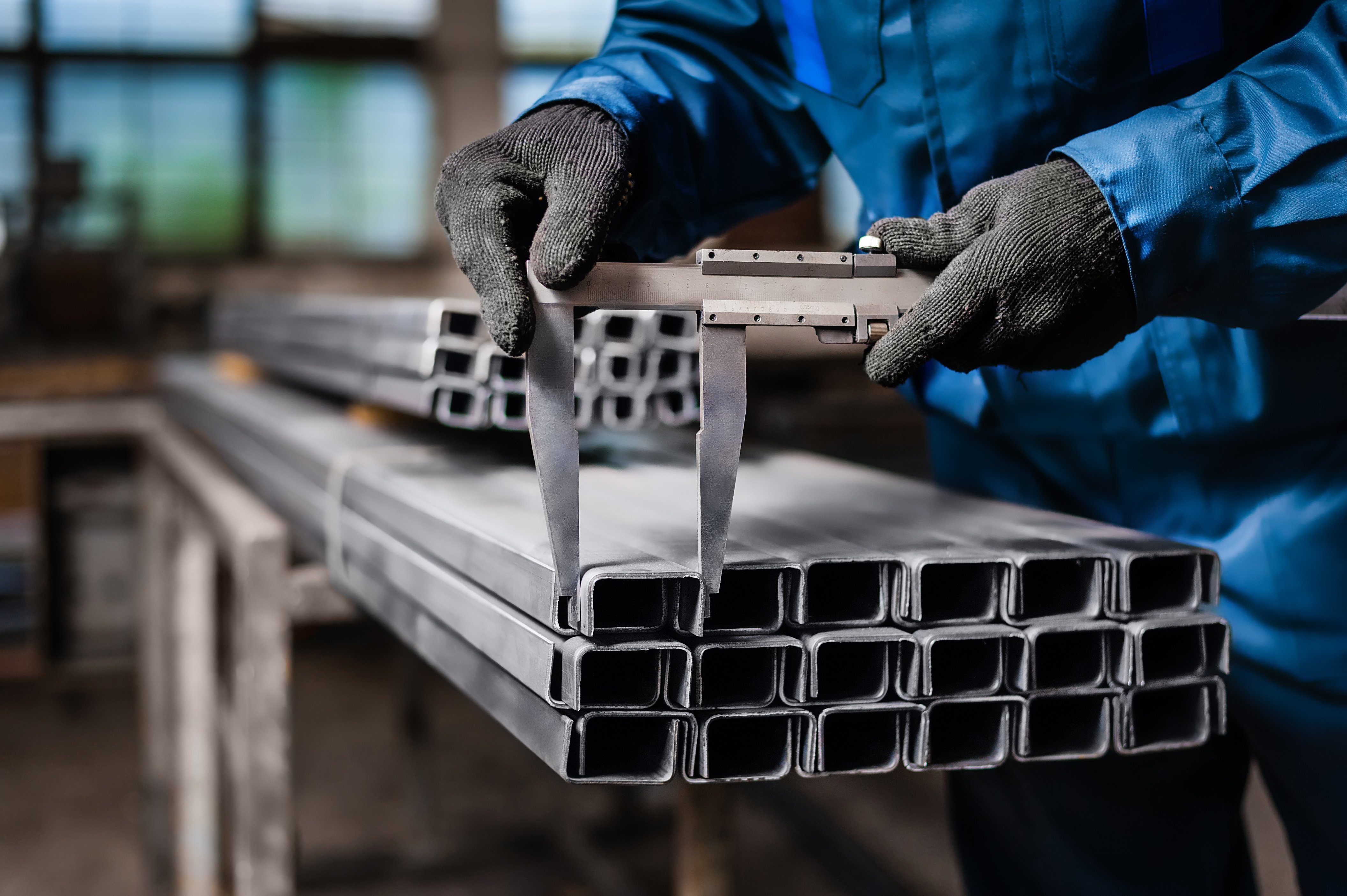KEY POINTS
-
The White House announced the release of Winning the AI Race: America’s AI Action Plan, a sweeping federal policy roadmap designed to secure U.S. leadership in artificial intelligence.
-
One of the construction-relevant elements of the Plan is the federal push to rapidly expand the nation’s physical AI infrastructure.
-
The AI Action Plan targets regulatory reform as a key lever to accelerate innovation and large-scale infrastructure development.
The White House announced the release of Winning the AI Race: America’s AI Action Plan, a sweeping federal policy roadmap designed to secure U.S. leadership in artificial intelligence.
The plan, announced July 24, 2025, was issued in response to President Trump’s January executive order on removing barriers to American AI leadership, is poised to impact the construction and infrastructure landscape nationwide.
"We need to build and maintain vast AI infrastructure and the energy to power it." Winning the AI Race: America’s AI Action Plan
AI Action Plan: Three Pillars
According to Winning the Race: America’s AI Action Plan, the federal government outlined a three-pillar strategy that aims to ensure U.S. leadership in artificial intelligence.
The three pillars and the potential implications for construction and infrastructure development are:
1. Accelerating Innovation
The plan seeks to reduce regulatory friction and rapidly scale the development and deployment of AI technologies. It promotes public–private partnerships, streamlines federal procurement of AI systems, and encourages open-source innovation.
As adoption accelerates across sectors, from AI-assisted takeoff and estimating to logistics and design automation, construction firms may face new pressures to integrate AI into their operations to stay competitive and meet evolving compliance and procurement standards.
While promising for the construction industry in terms of construction project potential, policy recommendations, for instance, are included in the plan, and thus, the plan does not guarantee specific outcomes.
2. Building American AI Infrastructure
This pillar appears to have significant potential for the construction industry. Pillar 2 explicitly calls for investment in physical and digital infrastructure to support AI at scale. The plan includes the construction of advanced data centers, electrical grid and transmission lines, semiconductor fabs, and energy infrastructure.
"The U.S. electric grid is one of the largest and most complex machines on Earth. It, too, will need to be upgraded to support data centers and other energy-intensive industries of the future." Winning the Race: America’s AI Action Plan
Fast-tracked permitting, workforce development for skilled trades, and incentives for grid-connected sites may influence new building activity. For contractors, building product manufacturers, and trade professionals, this represents both a challenge and an opportunity to discover and meet new construction demand with speed, scale, and precision.
3. Leading in International Diplomacy and Security
Beyond domestic growth, the plan positions the U.S. to set global norms for AI development and secure strategic advantages in supply chains and national security. Federal procurement will favor AI systems aligned with American standards, and cross-border infrastructure agreements may emerge.
Construction professionals involved in federally funded or internationally coordinated projects may see changes in sourcing requirements, labor requirements, and digital security expectations tied to these strategic objectives.
Key Topics for Construction Professionals
Expedited Permitting
One of the construction-relevant elements of America’s AI Action Plan is the federal push to rapidly expand the nation’s physical AI infrastructure.
The plan prioritizes the accelerated permitting and development of data centers and semiconductor fabrication facilities, with federal agencies directed to modernize and streamline approval processes.
This policy shift is designed to reduce bottlenecks and shorten project timelines, unlocking faster deployment of critical facilities that are energy-intensive and technically complex.
Workforce Development
The plan emphasizes workforce development to ensure the construction labor force can meet the scale and urgency of demand.
New national training initiatives aim to grow the pipeline of skilled trades, particularly electricians, HVAC technicians, and other roles essential to building and maintaining large-scale facilities.
Construction activity tied to AI infrastructure may create substantial job growth across the sector. Thus, offers an opportunity to modernize the built environment and boost the trades that support it.
Exporting American AI
The Departments of Commerce and State will collaborate with U.S. industry leaders to develop and deliver comprehensive, secure AI “export packages” to allied nations.
These export packages, encompassing hardware, software, and production standards, could help open global markets and create new opportunities for US manufacturers, construction firms that assist with technology integration, and construction contractors specializing in tech facilities and related projects like infrastructure.  A server rack is shown with supercomputer hardware in a stock image. Image: Shutterstock
A server rack is shown with supercomputer hardware in a stock image. Image: Shutterstock
Enabling Innovation and Reducing Regulatory Burdens
The AI Action Plan also targets regulatory reform as a key lever to accelerate innovation and large-scale infrastructure development. It calls for the elimination of outdated or overly burdensome federal regulations that slow the deployment of AI technologies or delay critical upgrades.
This effort includes direct engagement with the private sector, giving construction and related industries a clearer voice in shaping the regulatory landscape. By identifying rules that unnecessarily add time, cost, or complexity to projects, companies will have a new opportunity to influence policy in ways that support faster execution.
Michael Kratsios, Director of the White House Office of Science and Technology Policy, said, “This plan galvanizes Federal efforts to turbocharge our innovation capacity, build cutting-edge infrastructure, and lead globally, ensuring that American workers and families thrive in the AI era. We are moving with urgency to make this vision a reality.”
Positioning for the Future: Construction’s Role
As the national AI strategy gains momentum, the construction industry is poised to unlock substantial opportunities.
Success depends not just on physical tools and the people to wield them, but on access to the data that powers the construction industry. Construction professionals stand to benefit when they can identify the best project opportunities and submit stronger bids to stay competitive in this evolving landscape.
About ConstructConnect
At ConstructConnect, our software solutions provide the information construction professionals need to start every project on a solid foundation. For more than 100 years, our insights and market intelligence have empowered commercial firms, manufacturers, trade contractors, and architects to make data-driven decisions and maximize productivity.
ConstructConnect is a business unit of Roper Technologies (Nasdaq: ROP), part of the Nasdaq 100, S&P 500, and Fortune 1000.
For more information, visit constructconnect.com








